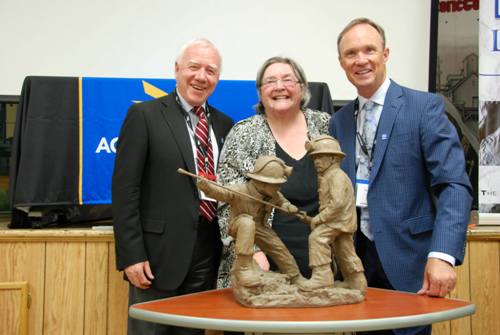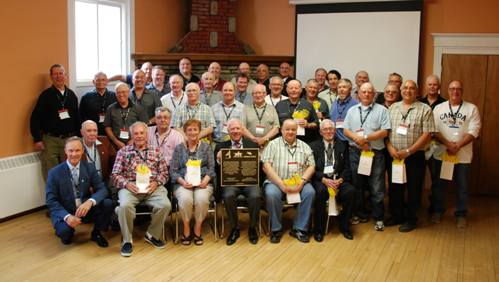The United Mine Workers of America is reeling from the loss of coal-mining jobs in Appalachia
MORGANTOWN, W.Va.—United Mine Workers of America President Cecil Roberts urged his members Wednesday to lobby against new natural gas power plants and rally around other political battles as the union reels from the loss of coal-mining jobs in Appalachia and threats to benefits plans for thousands of retirees.
The coal industry faces unprecedented competition as more natural gas is used to generate electricity, overseas demand has waned and the Obama administration proposes tougher emissions standards for power plants. Companies have laid off waves of miners in West Virginia, Pennsylvania, Virginia, Kentucky and Alabama.
“Our members are being laid off in numbers we haven’t seen in decades,” Mr. Roberts told several hundred union members and retirees clad in United Mine Workers of America shirts and baseball hats. The union called the meeting two days ago amid growing anxiety among its membership.
Mr. Roberts said a priority for the union is halting several gas-fired power plants planned for the region that compete directly with plants using coal. He said the union will oppose any tax breaks for natural gas projects.


























